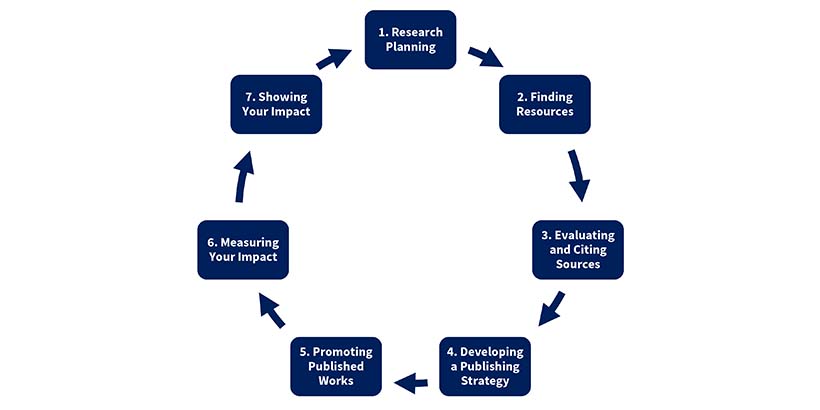How Librarians Can Support Your Research

The research life cycle illustrates how information is created and used during the
research process, and librarians are instrumental in this work. Librarians are best
known for helping scholars find resources, and yet this is just one of several steps
in the research process. We are equipped to assist both student and faculty researchers
at any phase of the research process, whether you're just getting started and need
help deciding what to research or you've already published your work and need help
measuring impact. Contact a librarian and let us know where you are in the process.